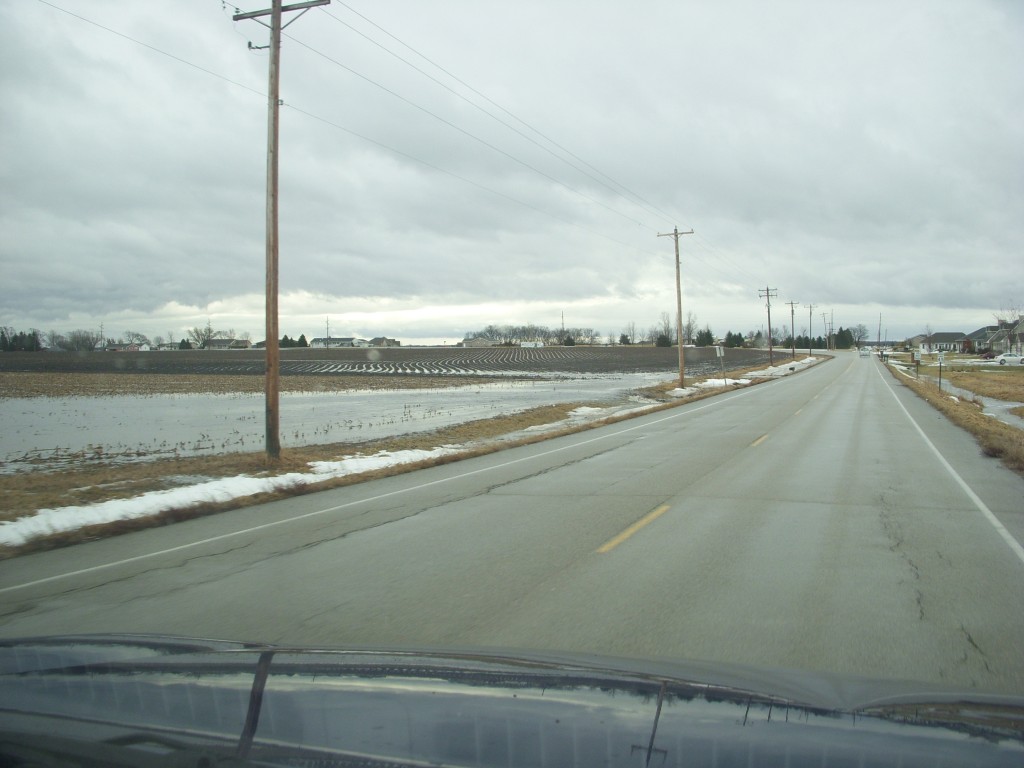Recently I wrote about the draft release of Post-Development Stormwater Runoff Performance Standards for Illinois. And in discussions with colleagues over the last few weeks, I have not heard any positive support from anyone who has a professional background in stormwater management or regulation. Instead the consensus among stormwater professionals regarding the draft is that the entire document should be rewritten and the recommendations reconsidered because they are based on few facts, will not work, and will increase project costs significantly. So it makes you wonder how did something that so poorly addresses the reality of stormwater management get this far, and why is the IEPA seriously considering accepting recommendations from a group with a majority of members who have absolutely no background in stormwater management or regulation?
To begin answering this question, you need to look at who is running the show. This was one of the first questions I heard from everyone – why in the world did the IEPA arrange to have the Association of Illinois Soil and Water Conservation Districts (AISWCD) lead this effort? There are so many counties who could have been consulted instead – they bring decades of stormwater management and regulation to the table. Yet none were contacted. They could have reached out to engineers who have spent their career formulating stormwater designs, managing stormwater projects, and maintaining and regulating stormwater facilities. Yet only one recognized engineering expert with a background in all of these was picked to be in the workgroup.
So again, why the AISWCD? And just who is the AISWCD? Their website explains the group is
"a not-for-profit organization governed by a board of directors who represent the state’s 98 Illinois Soil and Water Conservation Districts."
So the purpose of this private group is to represent the Soil and Water Conservation Districts in Illinois – a group of governmental agencies. In 2010, the group received $231,663.09 in dues from these districts. So the next question is what are the Soil and Water Conservation Districts? (Of course a side question is why does a group of governmental agencies need a private, non-profit group to represent their interests, but that's another story.) The districts were created through an act of the Illinois Legislature and appear to be part of the Department of Agriculture. There is an advisory board to oversee these districts – here is the State's page indicating those board members: http://appointments.illinois.gov/appointmentsDetail.cfm?id=256
As you can see, the members of the advisory board for the Districts are supposed to come from Agriculture – not stormwater related professions. This is particularly interesting to note when you take into consideration that one of the first statements made at the public hearing held in Aurora regarding the new stormwater recommendations was that anything related to agriculture was not on the table – would not even be considered. It is also interesting when you read the recommendations and see that there is no mention of relying on the State's 303d list of impaired waters to make any decisions. Of course when you look at the State's official report regarding land uses contributing to pollution of these streams, you will see that agriculture is one of top contributors – much more so than what is contributed by stormwater runoff from communities and significantly more so than what is contributed from highways.
| Potential Source | Stream Miles Impaired |
|---|---|
| Source Unknown | 7097 |
| Atmospheric Deposition – Toxics | 3050 |
| Crop Production (Crop Land or Dry Land) | 2576 |
| Channelization | 2471 |
| Agriculture | 1395 |
| Municipal Point Discharges | 1374 |
| Loss of Riparian Habitat | 1245 |
| Urban Runoff/Storm Sewers | 1207 |
| Animal Feeding Operations | 652 |
| Livestock (Grazing or Feeding Ops) | 290 |
| Combined Sewer Overflows | 253 |
| Highway/Road/Bridge Runoff | 110 |
Table Source: ILLINOIS INTEGRATED WATER QUALITY REPORT AND SECTION 303(d) LIST, 2012
It also makes you wonder when you ask a work group member what the goals were for the recommendations and cleaning up the environment or improving our water quality was not the answer. So to summarize, the IEPA put the wolf in charge of the hen house – oh, I mean, the IEPA put the Department of Agriculture in charge of deciding stormwater standards and regulations to be imposed only on home and business owners, municipalities, and developers. And because no obvious goal has been stated in the recommendations, it makes you wonder is the goal really environmentally related or is it a protection of agricultural interests cloaked in the benevolent perception of helping the environment?


